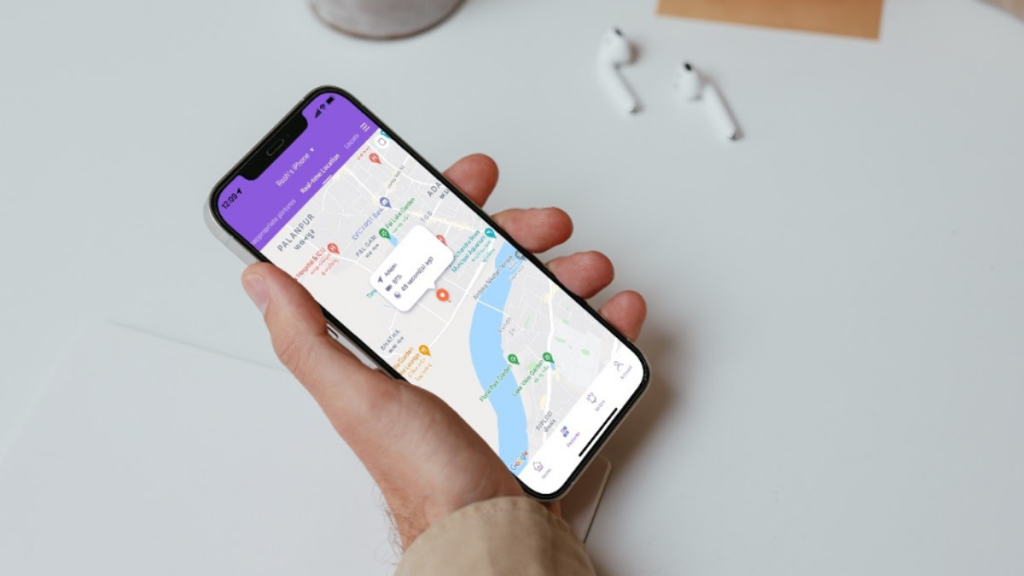In the digital age, personal privacy has become a delicate balance between the convenience of technology and the protection of sensitive information. Companies like Google and Apple have embedded intricate systems within our devices to enhance our experiences, offering services like personalized recommendations, location-based notifications, and predictive traffic routing. However, the trade-off for these conveniences is that our devices hold a wealth of personal data, sometimes even surpassing what our closest friends may know about us. In this article, we delve into the world of phones location tracking, exploring how Google and Apple gather this information and what users can do to maintain a balance between convenience and privacy.
Google’s Omniscient Location Tracking
Google, an integral part of our online existence, possesses an astonishing amount of information about us, including our whereabouts. The pervasive nature of Google Maps means that every journey, every destination, and every pause for a quick coffee has likely been recorded. To visualize this digital journey, Google provides a comprehensive map that illustrates your historical movements, creating a striking representation of your past.
For Apple users, the sense of immunity from such tracking is short-lived. iPhones also discreetly document the frequented places, a feature known as Significant Locations. This functionality, according to Apple, aims to personalize services such as traffic predictions and improved photo organization. While the intention behind Significant Locations appears innocent, the potential invasion of privacy raises legitimate concerns. The unsettling question emerges: if our phones are privy to our locations, who else might gain access to this data?
Apple, in its defense, asserts that the data exchanged between cloud-connected devices remains encrypted, ensuring that only authorized parties can access it. Barring the theft of both the phone and its corresponding password, the chances of unauthorized access seem minimal.
Unveiling Your Digital Footprint
To unveil the extent of location tracking, users can access the Significant Locations feature on their iPhones. The process involves navigating through the settings:
- Open your iPhone’s settings.
- Tap Privacy & Security.
- Select Location Services.
- Scroll down and tap System Services.
- Scroll to find and tap on Significant Locations.
- After authentication (password or Face ID), a list of visited places is displayed.
However, the precision of location data may not always be perfect, leading to some inaccuracies in recorded locations. Selecting a place offers more specifics, accompanied by a map indicating the assumed location. Even if the pinpointing isn’t entirely accurate, it still provides a broad sense of where you’ve been.
Taking Control of Your Data
Concerned about privacy implications? There are ways to mitigate these worries and maintain some control over your data. Clearing your Significant Locations history and disabling the feature are essential steps:
- Go to Settings > Privacy & Security > Location Services > System Services.
- Tap Significant Locations.
- To clear history, tap Clear History.
- To disable tracking, slide the toggle next to Significant Locations to the left.
However, Apple isn’t the only player in this digital landscape. Google Maps, a longstanding tool for navigation, also stores a trove of location data. Users can explore their Google Maps history and the locations they’ve visited over the years. The process involves:
- Signing into your Google account.
- Clicking on your profile picture and selecting Manage your Google Account.
- Navigating to Data & Privacy.
- Under “History Settings,” select Location History.
- Click Manage History to view a map with saved locations and trips.
The timeline feature provides a detailed overview, down to specific days, times, and mileage. Whether it’s a nostalgic journey down memory lane or a realization of the extent of tracking, this feature offers a captivating yet potentially unsettling glimpse into our digital lives.
Empowering Users in a Data-Driven World
The delicate balance between convenience and privacy lies at the heart of these tracking mechanisms. Companies design these services to enhance our lives, predict our needs, and provide tailored experiences. Yet, the very nature of this data collection necessitates heightened awareness and control over what information is being gathered, how it’s stored, and who can access it.
As technology evolves, so does the conversation surrounding privacy. Users must be empowered with the knowledge to make informed decisions about their data. From adjusting settings to limit tracking to regular purges of stored information, there are steps individuals can take to assert their privacy in a world where digital footprints are becoming increasingly intricate.
In conclusion, the interconnected world we inhabit brings with it both incredible convenience and complex privacy challenges.
Location tracking, while a boon regarding personalized services, raises valid concerns about the extent of data gathered and its potential implications. Users must strike a delicate balance between embracing the benefits of technology and safeguarding their personal lives from unwarranted intrusion. As we navigate this landscape, knowledge, and vigilance will prove to be the ultimate tools for preserving our digital autonomy.
Read More:





 10 Year Old Amna Amir Has Become An Assistant Teacher At Karachi University: A Tech Giant
10 Year Old Amna Amir Has Become An Assistant Teacher At Karachi University: A Tech Giant